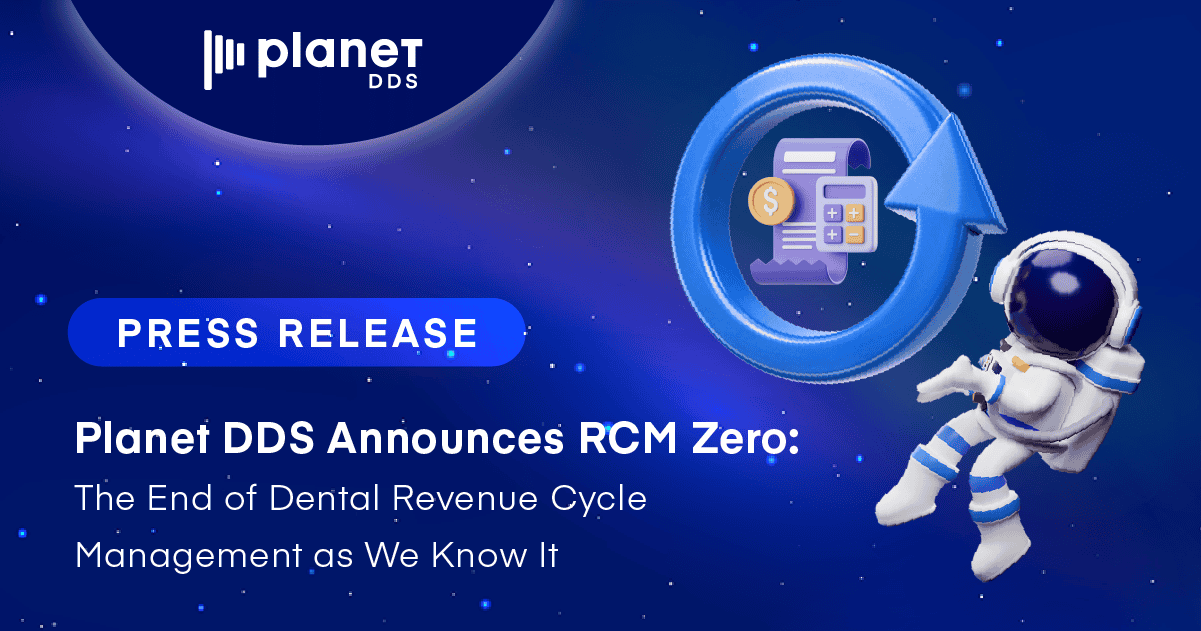Scheduling for Success – Part 2
The increased competition, corporate groups, at-home online treatments, and the technological marketing shift has altered the course of orthodontics as we know it.

As we discussed in Part One of Scheduling for Success, the 2019 new patient experience begins long before the patient enters our doors. The increased competition, corporate groups, at-home online treatments, and the technological marketing shift has altered the course of orthodontics as we know it. Thus, we have come to find that there are two very different demographic groups of new patients, and each group has distinct needs, expectations, and agendas.
These patient demographics are broken down into two corresponding segments: the first group is a more traditional take on new patients. I like to refer to them as “A” patients; as in “A” for Awesome New Patients. This patient group is the bread and butter of orthodontics. The next group of new patients is what I like to refer to as our “B” patients, for Be Cautiously Optimistic New Patients. This group of patients may require some additional caution or discretion when we are scheduling; as this group of new patients tends to have the highest no-show rate and can also be the hardest to convert.
The New Patient Process for your “B” Be Cautiously Optimistic New Patients
When it comes to scheduling the “B” group of orthodontic patients, I think it is time we start thinking on our feet and become the change we want to see in our industry. By taking a hard look at what the “B” patients want from their orthodontic treatment, we can better assess how to handle these patients in our practices.
So, how do we do this and where does it start? Throwback! I’m going to take it old school and say it begins with the new patient phone call and a phone slip (yes, I mean paper phone slip). As a consultant, I have heard all the reasons why phone slips are not needed, why they take too long to fill out, and why paper forms in a practice are “bad” (emphasis on the sarcastic air quotes). And yet, my opinion on phone slips remains unwavering. When you use a new patient phone slip— paper or electronic— it allows the practice to gather all the information that is needed. This enables us to correctly identify the type of new patient we are scheduling, where to put them in the scheduling template, and how to present the treatment plan or fee they are searching for.
Whether your new patient phone slip is in its infancy or evolving, it is vital to gather not only the basics but also to implement a scoring system to identify which new patient demographic you are scheduling. The easiest way to evolve your phone slip is to add a simple three check rating system. Here is an example of what I suggest. If a patient has three checks or more they are a “B” patient:
- Online lead
- Age 18-30
- No insurance
- No dental professional contact within last year
Criteria for “B” Be Cautiously Optimistic Patients
The patient presents without a warm lead, meaning they found you online, through a web campaign, an online review, from their insurance company, or from a keyword web search.
The patient is usually between the ages of 18-30 and is responsible for their own account.
The patient has usually lived in the area for less than a year or has a newer job, generally without benefits. The patient group may also have a state-funded insurance plan.
The patient does not have a relationship with any dental professionals in the area and has not been seen by a dental professional in the last year.
Once you have your new patient’s score and have determined they will be a “B” patient, it is time to schedule. Where, you may ask? First, we need to understand that these patients are all about gathering information in their exams. They are often looking for a fast fix to their orthodontic problem and may not be interested in a comprehensive treatment plan. They usually find favor in the low cost of treatment, rather than the high quality of care and see value in their time rather than yours. Thus, we need to think outside the box if we are aiming to convert them. My suggestion is to shorten your exam. This will negate our risk if there is a no-show and can preserve our doctor’s time. A shortened consult becomes a ‘just the facts’ exam, which ultimately caters to this patient demographic.
The easiest way to do this is to update your scheduling template by building in “B” patient exam spots. These exams can be done in your TC column or your observation column. They could also be done in a clinical assistant/records tech column as records appointment if the doctor plans to follow-up at a later date in a virtual or in-person consultation. Ideally, “B” patient exams should be done in half the time of your “A” patient exams; I suggest a half-hour.
When a doctor is ready to come into the exam they should be in the consultation no more than 5-8 minutes, as their objective is to do a very basic, surface level treatment presentation. Remember, these patients will generally have many obstacles to overcome and probably scheduled impulsively. Keep in mind, many of these patients are not interested in comprehensive orthodontic treatment, but are instead seeking their quasi-perfect Instagram worthy grin (#nofilter).
Now that you know how to schedule these patients, you need to know how to track their conversion rates. I suggest that treatment coordinators have separate tracking sheets for their “A” and “B” patients because the conversion rates are vastly different. Where we expect an 85% or better conversion ratio for “A” patients, I find an average conversion ratio to be around 50% or lower for our “B” patients. Although the 50% conversion ratio may seem intimidating, we want to look at these patients as a way to expand our market. If our “A” patients are the production pot roast, our “B” patients are the gravy on top.
Additionally, we need to adjust the way we follow-up with this patient demographic. Remember, this group tends to be impulsive and relishes in instant gratification. For these reasons, I do not suggest a robust follow-up program. Instead, I recommend a well-worded follow-up email or two with directives as to what they need to accomplish before they start treatment; get a cleaning with a dentist, follow-up with our out-side finance company, look into insurance. Keep it simple, keep it techy.
Even though we want to start every patient, we must remain realistic. The fact of the matter is, our market is changing, and a new buying demographic is entering the scene. Personally, I am excited to watch our future take shape and know that as an industry we can either keep up with the changing tides or be swept away; though I am confident we can achieve the former.




